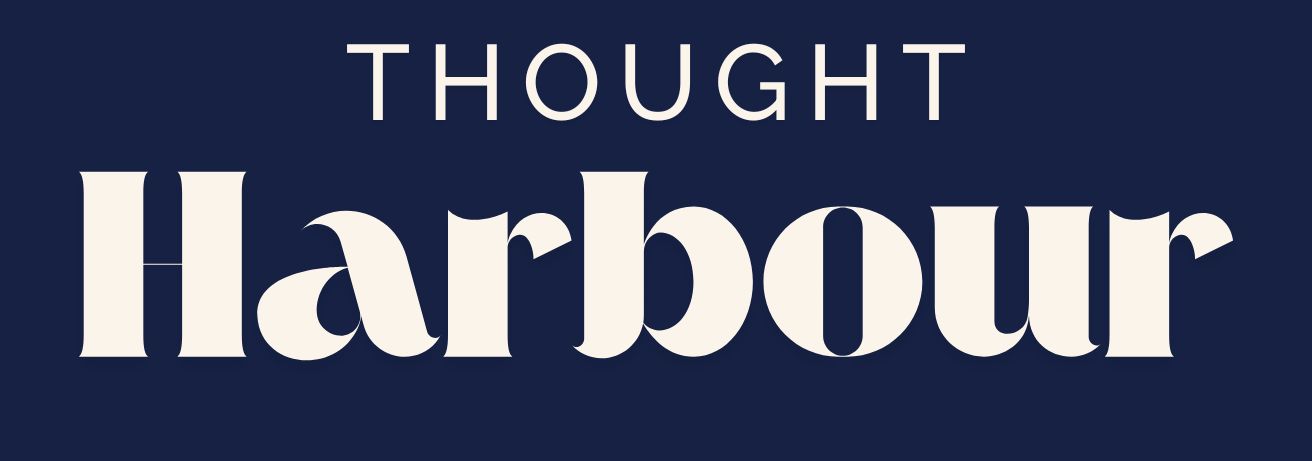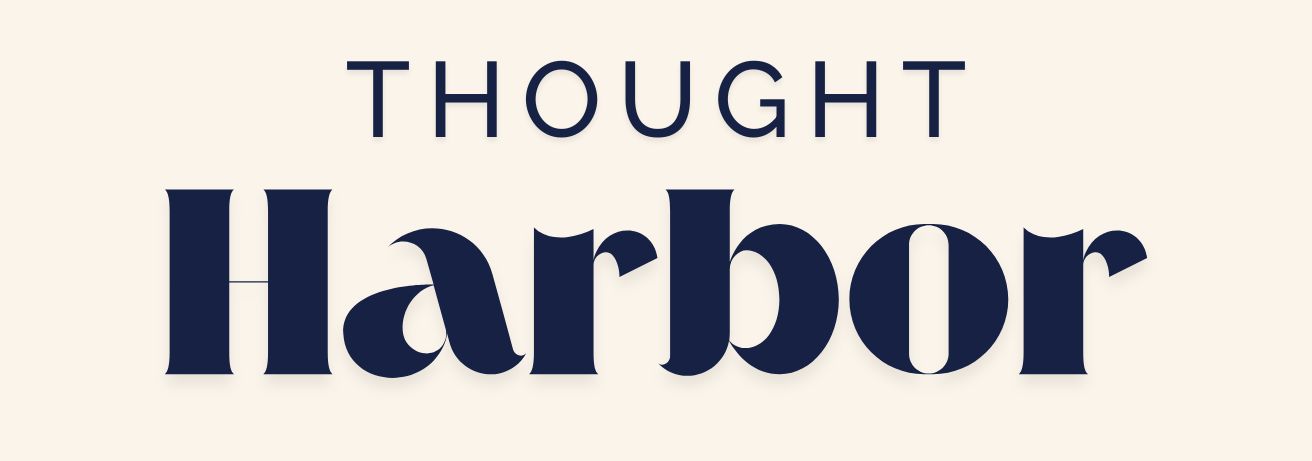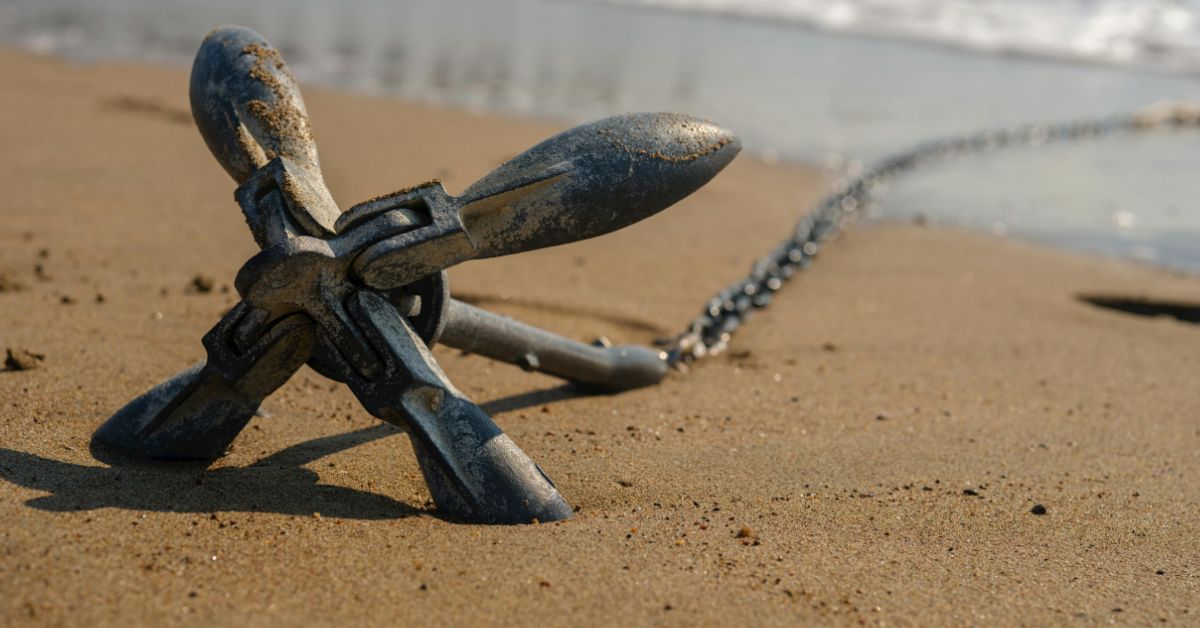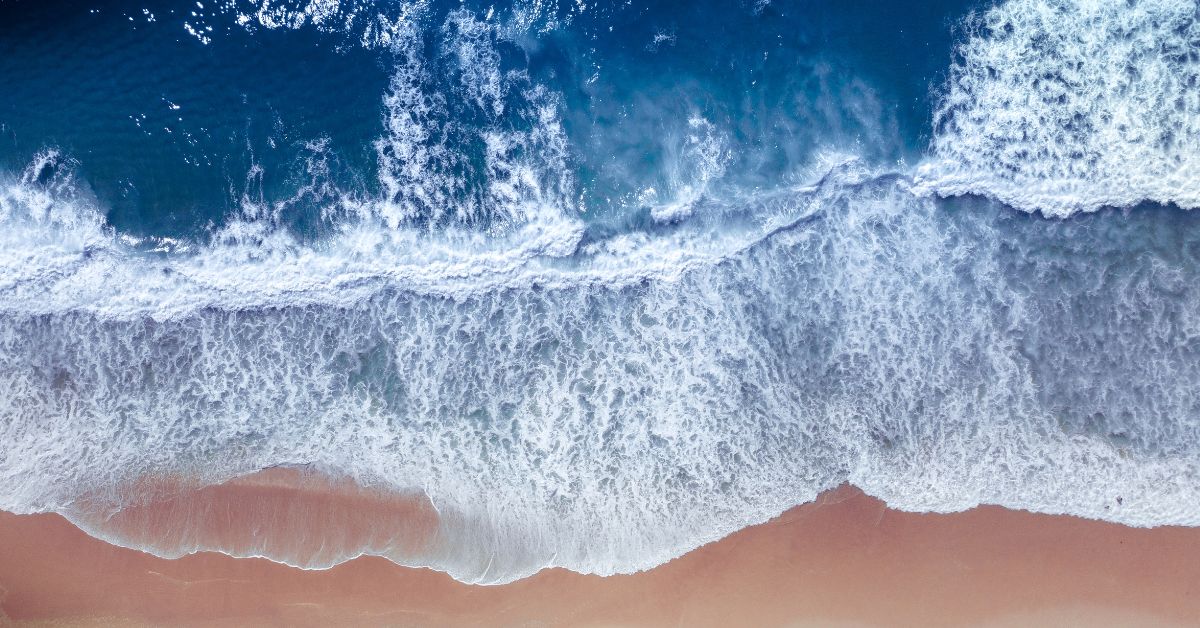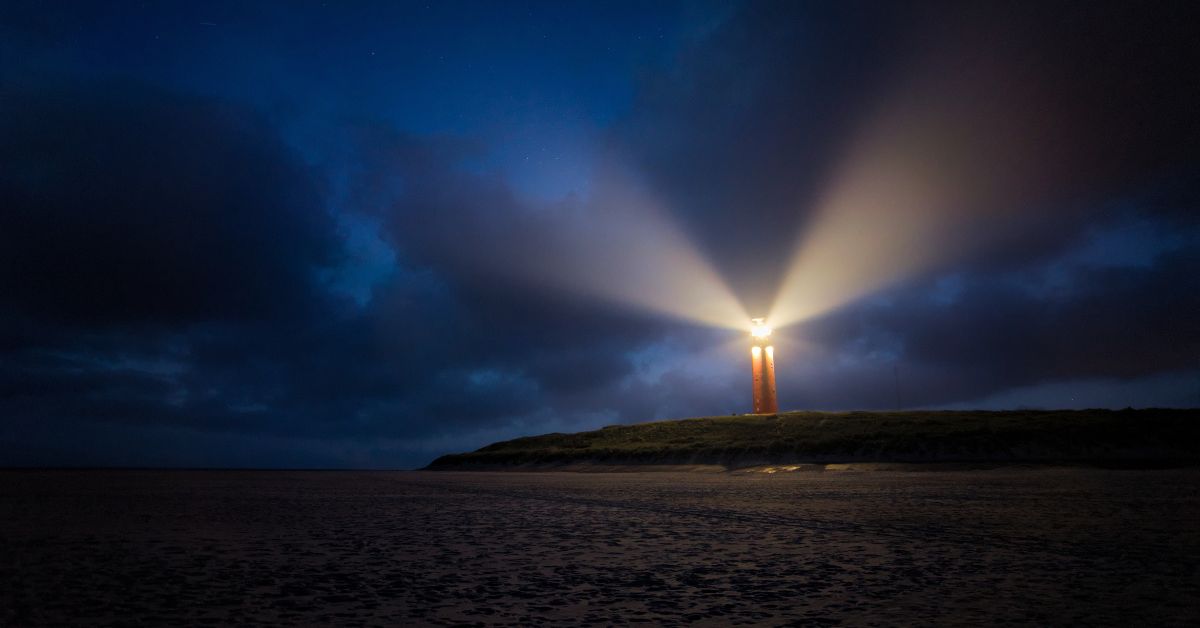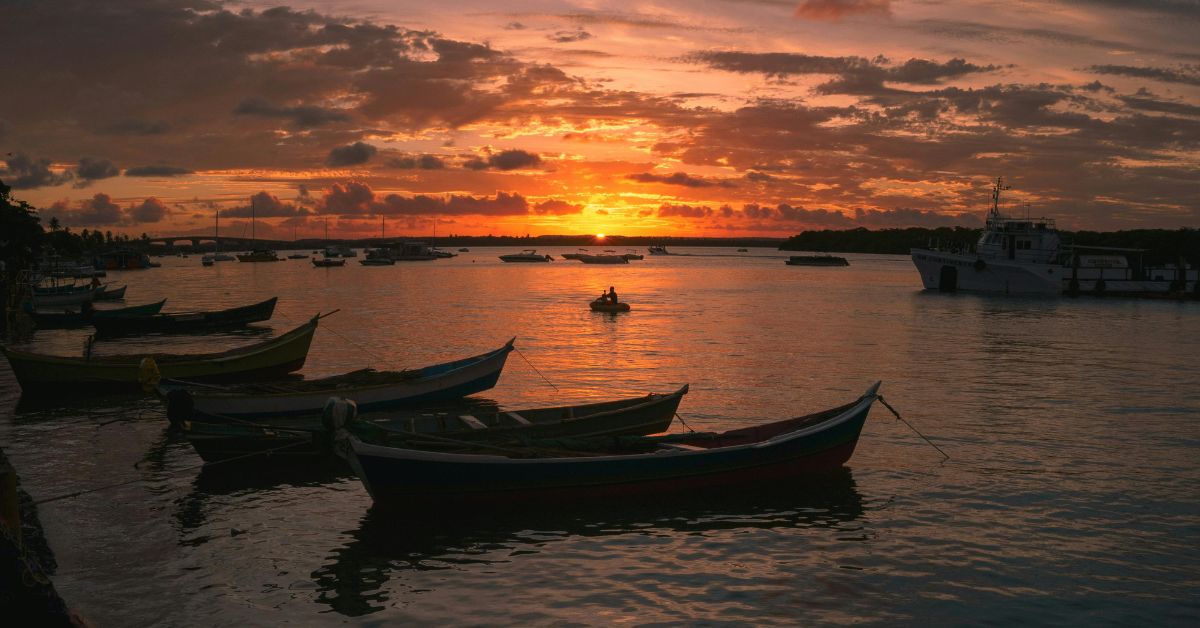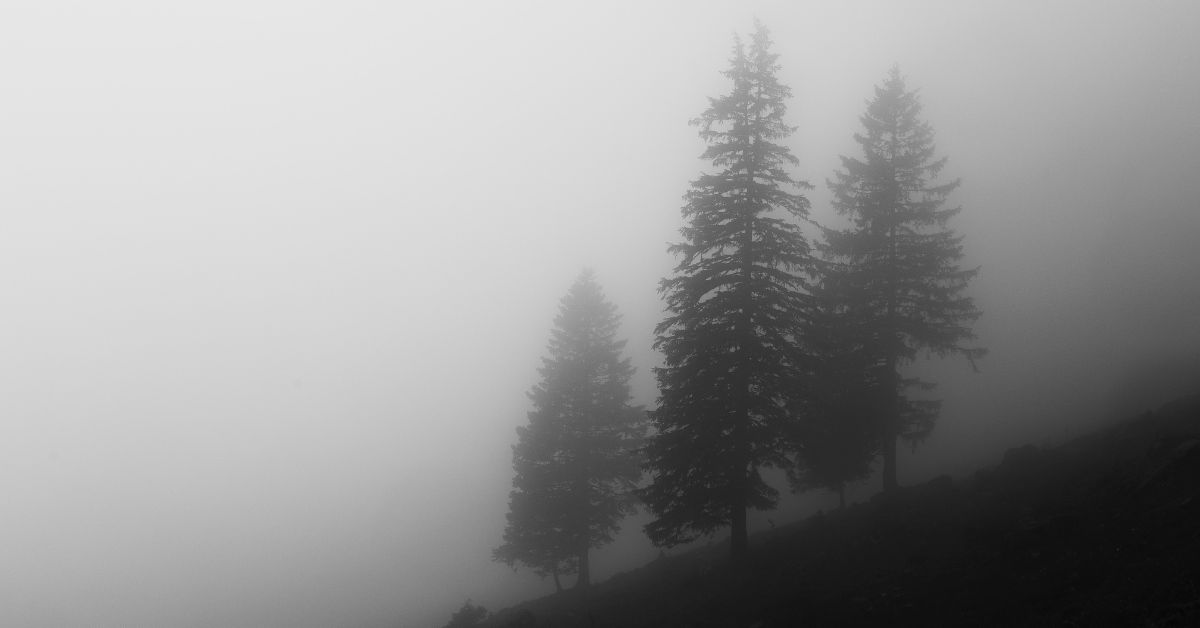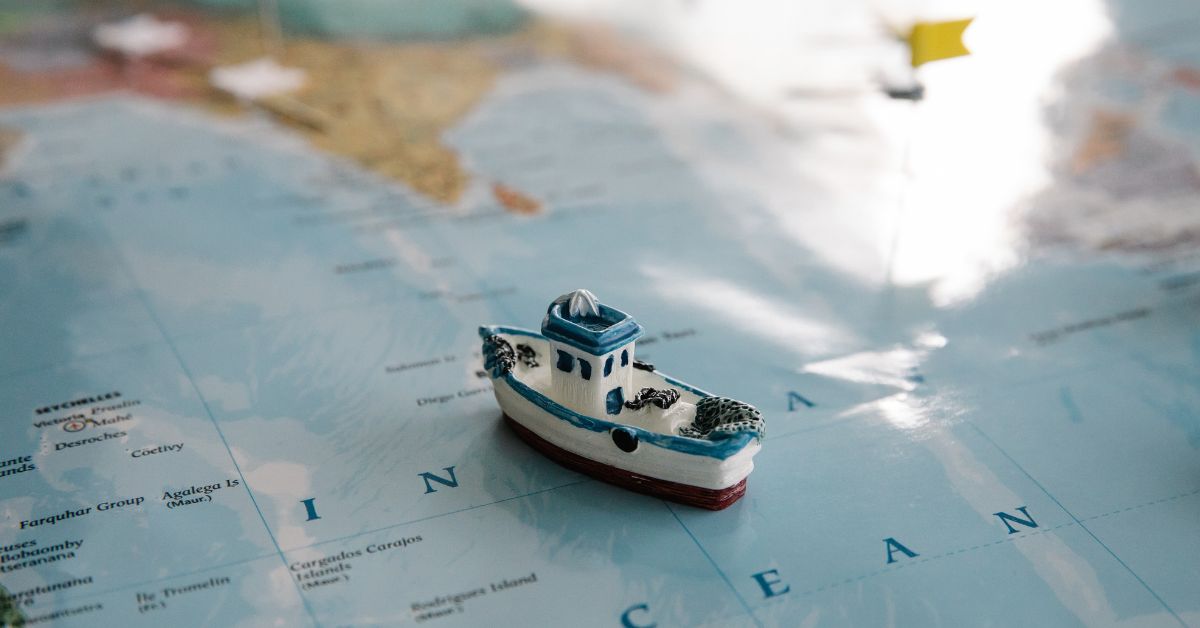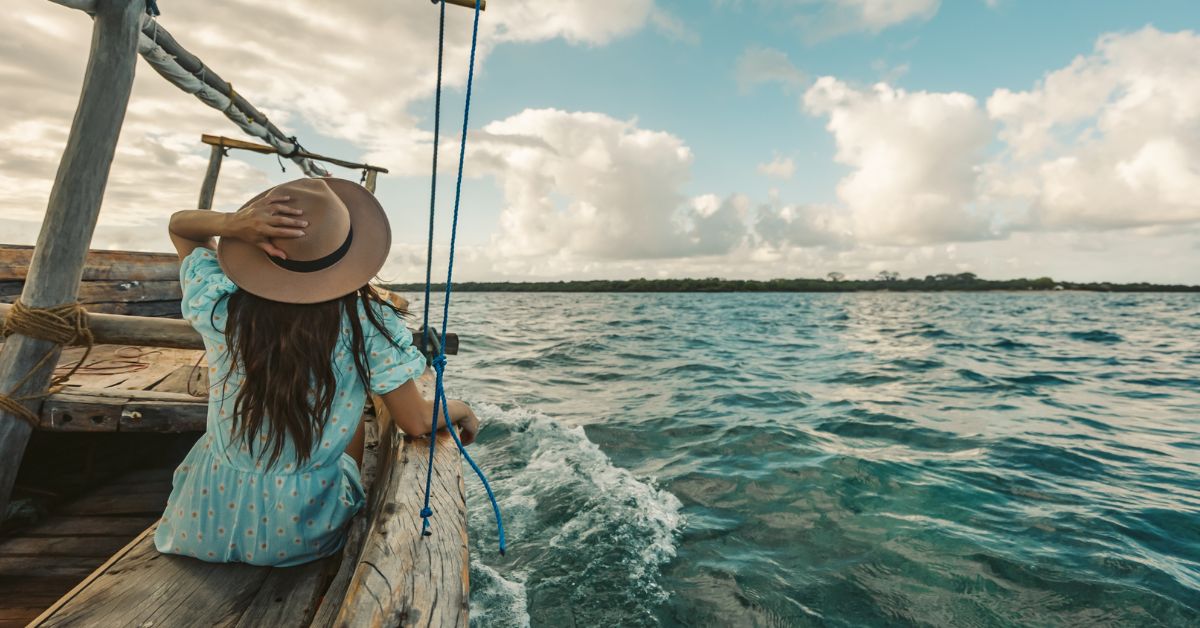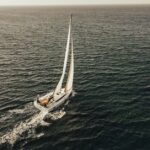Outline
- Setting Sail Without a Map
- Where Ideas Begin and Where They Lead
- Facing the Fear of the Vast Unknown
- Creativity as Discovery, Not Control
- Wayfinding: Navigating with Instinct and Intention
- Practices for Moving Through Creative Uncertainty
- Closing Thoughts: Let the Sea Shape You
- FAQs
Setting Sail Without a Map
You don’t always know where an idea will take you.
You catch a whisper, a fragment, a spark—and you begin.
Not with certainty, but with curiosity.
This is the nature of creative work. It’s not a road trip with GPS.
It’s a voyage, a drift into the open sea—where direction is felt more than known,
and progress often looks like floating.
There is beauty in this uncharted movement.
But also vulnerability.
Because to follow an idea is to trust something you can’t yet see.
Where Ideas Begin and Where They Lead
Ideas rarely arrive whole.
They appear like distant sails on the horizon: vague outlines, incomplete signals, potential wrapped in mystery.
You don’t know if they’ll lead to a finished piece, a personal revelation, or a quiet lesson.
But you pursue them anyway—because something inside you knows: there’s something here worth exploring.
Creativity isn’t a transaction.
It’s a relationship.
The more you show up for the idea,
the more it begins to reveal itself.
Facing the Fear of the Vast Unknown
There comes a moment in every idea voyage where the shore disappears.
You’re no longer where you started, but not yet where you’re going.
Just ocean. Just sky. Just self.
This is where doubt creeps in.
Is this worth it? Am I lost? Should I turn back?
This is where many stop.
But this is also where the real work begins.
Because creativity isn’t the absence of fear.
It’s the willingness to keep sailing with it in the boat.
Creativity as Discovery, Not Control
We often try to control the process—outline it, systematize it, define every next step.
But true creativity doesn’t thrive in confinement.
It thrives in discovery.
To create is to listen—to what the work wants, to what’s emerging, to what surprises you.
Like a sailor reading the wind, you must be flexible.
Willing to shift course.
To follow an unexpected current.
To trust that the map you need will emerge as you move.
Wayfinding: Navigating with Instinct and Intention
On the open sea, there are no roads.
But there are stars, currents, signs.
The same is true for your creative journey.
You don’t need a rigid plan.
You need wayfinding skills:
- Attention: What keeps calling you back?
- Emotion: What stirs something real in you?
- Momentum: Where does the energy live?
- Integrity: What feels aligned—even if it’s hard?
These are your tools. Not to control the journey, but to stay connected to it.
Practices for Moving Through Creative Uncertainty
1. Start Before You’re Ready
Waiting for clarity before you begin is like waiting for calm seas before you sail.
Sometimes, clarity only comes in motion.
2. Keep a “Drift Log”
Track your creative questions, fragments, instincts. Let your log be messy. Over time, patterns emerge. The map writes itself.
3. Let the Work Speak Back
After each session, ask: What did this idea want today?
You’re not just shaping it—it’s shaping you.
4. Create Rituals of Return
Even if you’re unsure, come back to the work regularly. Routine keeps the voyage alive. Discipline is the anchor in uncertainty.
5. Don’t Rush the Landfall
You may not reach a clear destination quickly—or at all. That doesn’t mean you’re lost.
It means you’re still in motion. Still in the middle of becoming.
Closing Thoughts: Let the Sea Shape You
To follow an idea is to leave the safety of shore.
To say: I don’t know exactly where this leads, but I trust that going will teach me something the map never could.
You don’t need to control the wind.
You don’t need to name the destination.
You just need to listen.
To adjust the sail.
To keep showing up.
And in the end, whether the voyage leads to a finished project, a changed self, or an unexpected island—
you’ll know it was worth it.
Because you answered the call.
Because you let yourself be carried.
Because you trusted the open sea.
FAQs
What if I lose momentum halfway through a creative project?
That’s natural. Creativity isn’t linear. Let the idea rest, then revisit it without pressure. Ask what it wants now—it may have changed, and so have you.
Is it okay to create without knowing where it’s going?
Absolutely. That’s often where the richest work lives. Some of the most honest creations emerge from process, not plan.
How do I know when I’ve “arrived” in a creative project?
You’ll feel a kind of exhale—clarity, or closure, or resonance. But even if you don’t, trust the journey. Sometimes the voyage was the work.
